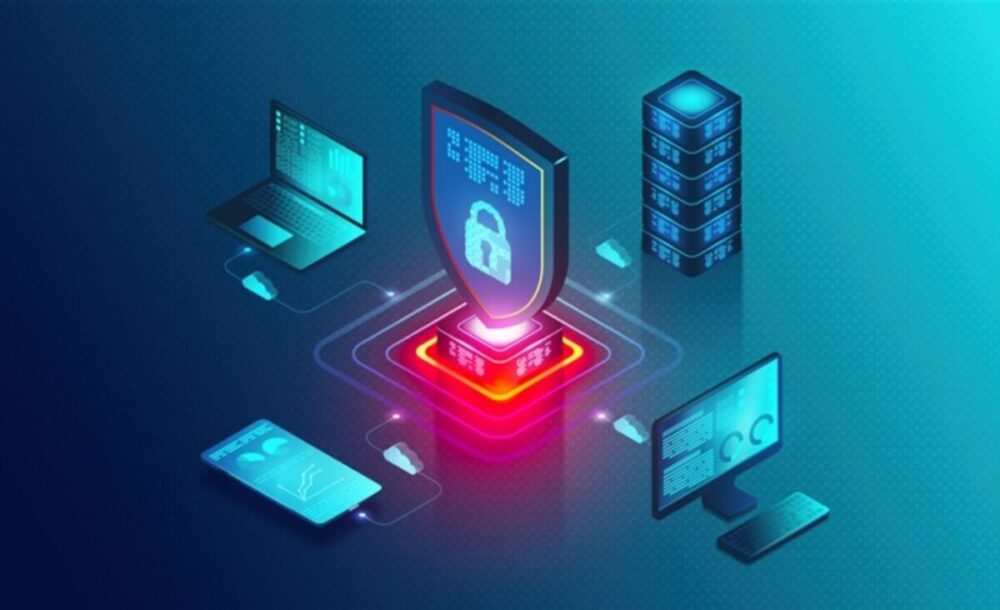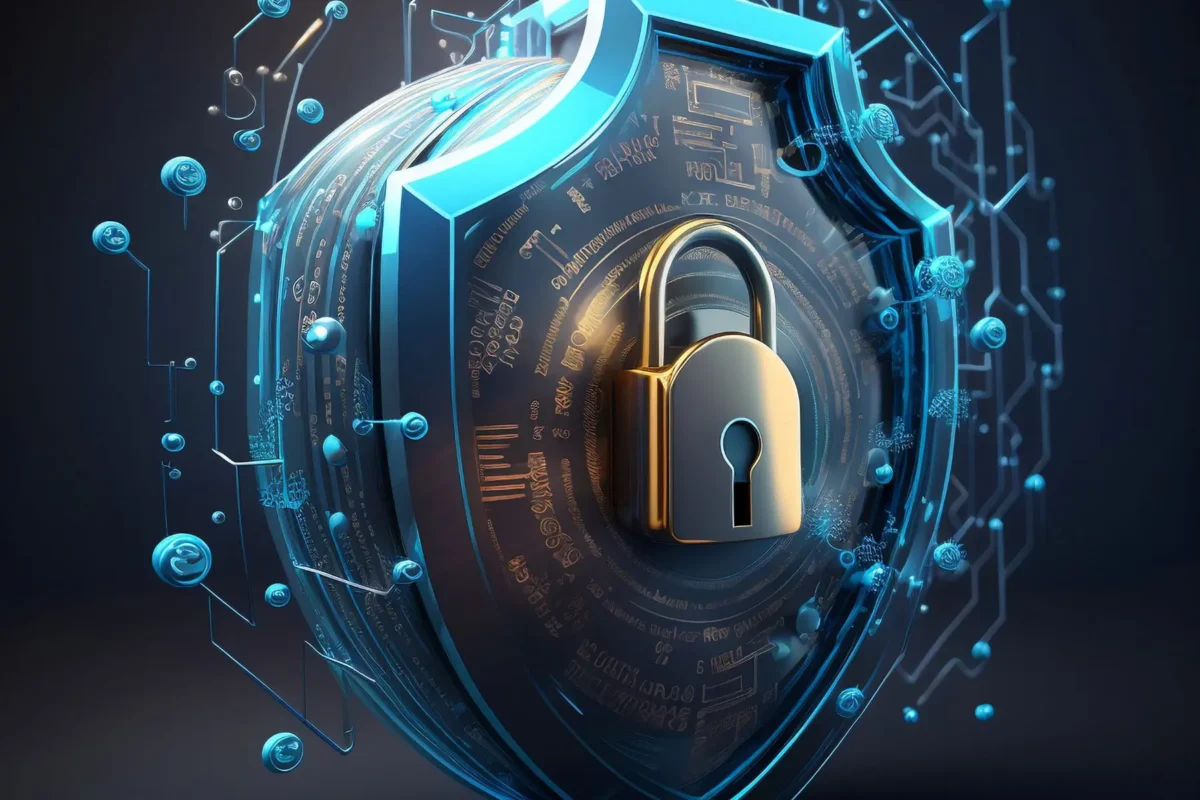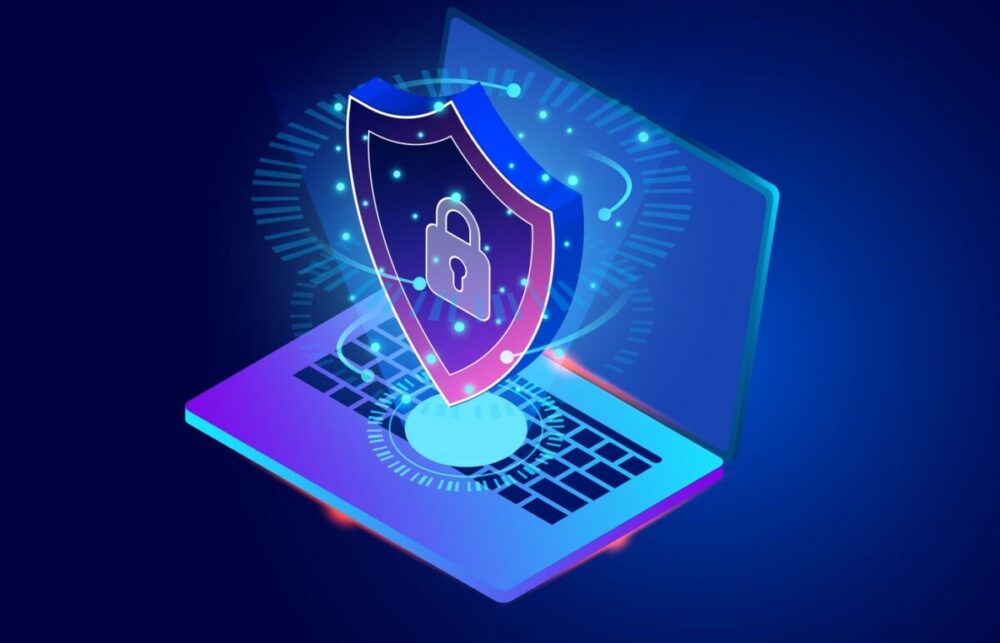In an era dominated by digital connectivity, the importance of cybersecurity has never been more critical. As our reliance on technology deepens, understanding how cybersecurity works becomes paramount. This blog aims to unravel the intricate web of techniques and technologies safeguarding our digital world. From encryption methods to threat detection and incident response, we will delve into the mechanisms that fortify our networks, systems, and data against the ever-evolving landscape of cyber threats. Join us on a journey to demystify the workings of cybersecurity and grasp the strategies employed to secure the vast digital frontier.
A cybersecurity career is dynamic and crucial in today’s digitally-driven landscape. Cybersecurity professionals play an integral role in safeguarding organizations from malicious cyber threats, securing sensitive data, and ensuring the integrity of digital systems. As cyber threats evolve, the demand for skilled cybersecurity experts is rising.
Pursuing a cyber security program equips individuals with the knowledge of threat detection, encryption, ethical hacking, and incident response. This specialized education provides a comprehensive understanding of cybersecurity principles and opens doors to a wide range of opportunities, making it an invaluable investment for those aspiring to build a futuristic and impactful career in the ever-expanding field of cybersecurity.

What is cyber security?
Cybersecurity protects computer systems, networks, and data from unauthorized access, attacks, and damage. It comprises of a range of technologies, processes, and measures designed to safeguard digital information, ensuring confidentiality, integrity, and availability. Cybersecurity professionals employ encryption, firewalls, and intrusion detection systems to counteract cyber threats. As the digital landscape evolves, cybersecurity becomes increasingly crucial, addressing risks associated with hacking, malware, phishing, and other cybercrimes. The goal is to build a secure digital environment, mitigating potential vulnerabilities and ensuring the resilience of systems and data against ever-evolving cyber threats.
Importance of Cyber security
Cybersecurity is paramount in safeguarding digital assets, sensitive information, and critical infrastructure from evolving cyber threats. It ensures data confidentiality, integrity, and availability, protecting individuals, organizations, and governments from unauthorized access, data breaches, and cybercrimes. As our dependence on digital technologies grows, cybersecurity becomes increasingly vital, establishing a secure foundation for innovation, communication, and economic activities in the interconnected digital era.

How does cyber security work?
Cybersecurity is a multidimensional field that employs various techniques, technologies, and practices to networks, protect computer systems, and data from unauthorized access, attacks, and potential harm. Cybersecurity involves a dynamic interplay of preventive, detective, and responsive measures to ensure the confidentiality, integrity, and availability of digital information.
One fundamental aspect of cybersecurity is encryption, a process that transforms information into a coded format, making it unintelligible to unauthorized users. This cryptographic technique is vital for securing sensitive data during transmission and storage. Public key infrastructure (PKI) is commonly used in encryption, employing a pair of cryptographic keys – public and private – to facilitate secure communication and verify the identity of users.
Firewalls constitute another key component of cybersecurity. As a hurdle between a trusted internal network and untrusted external networks, firewalls monitor and control incoming and outgoing network traffic typically based on predetermined security rules. These rules determine whether to allow or block specific data packets, safeguarding against unauthorized access and potential threats from the internet.
Intrusion detection systems (IDS) and intrusion prevention systems (IPS) are crucial for identifying and thwarting potential cyber threats. IDS monitors network or system activities, detecting suspicious patterns or anomalies that can indicate a security breach. Once identified, an IPS can take automated actions to prevent the threat from compromising the system further. This combination provides a proactive defense mechanism against various cyber-attacks.
Antivirus software is a fundamental tool in the cybersecurity arsenal. It scans, detects, and removes malicious software such as viruses, worms, and trojans. Regular updates to antivirus databases ensure that the software recognizes the latest threats, providing a constant shield against evolving malware.

Authentication and access control mechanisms are aspects that ensure only authorized individuals or systems can access sensitive information. Multi-factor authentication (MFA) adds an extra layer of security by requiring users to give multiple identification form, such as passwords, biometrics, or security tokens.
Cybersecurity also involves robust incident response and recovery strategies. In the situation of a security incident, businesses need a well-defined plan to contain, eradicate, and recover from the breach. Regularly conducting drills and simulations helps ensure a prompt and effective response to a real incident.
Security awareness training is another critical element, as human error remains a significant vulnerability in cybersecurity. Educating users about phishing scams, social engineering tactics, and best security practices helps create a vigilant and security-conscious workforce.
Cybersecurity professionals employ ethical hacking or penetration testing to identify vulnerabilities within a system before malicious actors can exploit them. By simulating cyber-attacks, organizations can uncover and address weaknesses proactively, fortifying their defenses against real threats.
Artificial intelligence (AI) and machine learning (ML) are increasingly integrated into cybersecurity systems as technology evolves. These technologies enhance the ability to detect patterns and anomalies in large datasets, enabling quicker and more accurate identification of potential threats. AI-powered tools can automate routine tasks, allowing cybersecurity professionals to focus on more complex challenges.
The effectiveness of cybersecurity lies in its holistic and proactive approach to safeguarding digital assets. By employing encryption, firewalls, intrusion detection systems, antivirus software, authentication mechanisms, incident response strategies, and ongoing training, cybersecurity professionals work to create a strong defense against an constantly evolving landscape of cyber threats. Integrating emerging technologies like AI and ML further enhances the field’s capabilities, ensuring organizations can adapt and respond effectively to modern cyber threats’ dynamic and sophisticated nature.

Conclusion
Understanding how cybersecurity works is essential in our digitally reliant world. From encryption to firewalls, intrusion detection to incident response, cybersecurity orchestrates a comprehensive defense against evolving cyber threats. As technology advances, the integration of AI and ML amplifies its effectiveness. Given the escalating cyber risks, now is the opportune moment to pursue a cyber security program. Equipping oneself with the knowledge and skills offered by such programs fortifies against emerging threats and positions individuals as key contributors in safeguarding the digital landscape, making it an ideal time to embark on a career path in this ever-evolving and crucial field.





